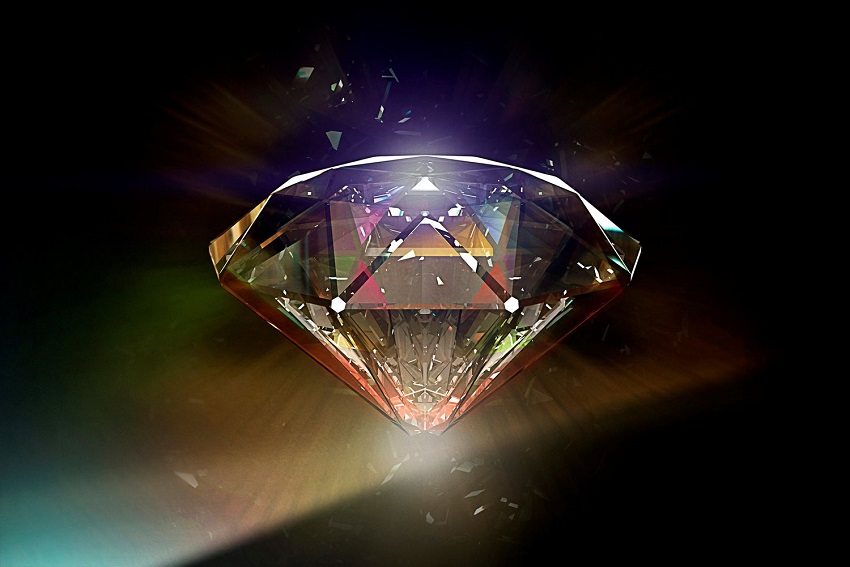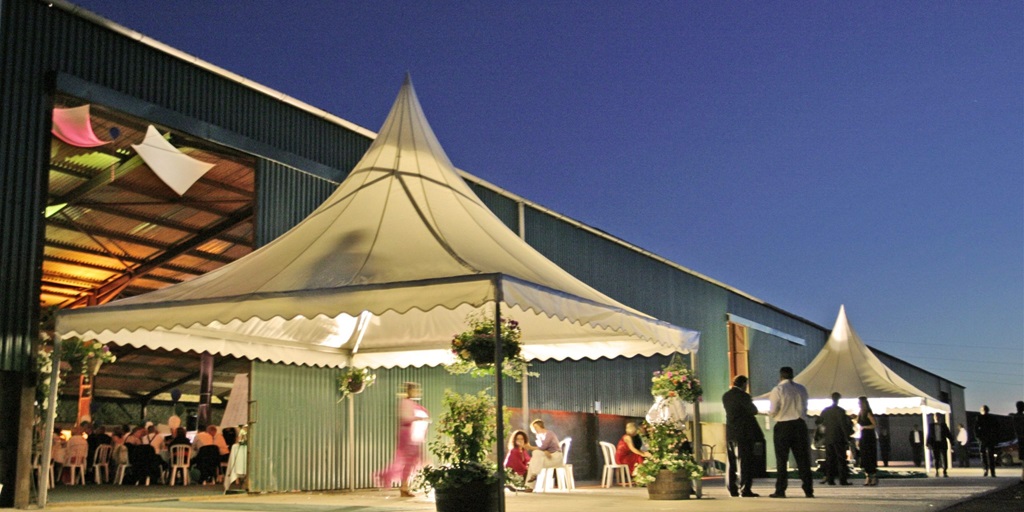Luster is an intriguing character that enhances our perception of various objects and materials. It is crucial in determining how light interacts with surfaces, giving them a distinct shine or glow. In the realm of physical and chemical properties, the question often arises: is luster a physical or chemical property? Let’s explore the nature of luster and shed light on its classification.
Before diving into physical and chemical properties, let’s define luster itself. Luster refers to the visual appearance of a material’s surface when light reflects off it. It describes how light interacts with a substance, influencing its level of shininess or dullness.
Understanding Physical and Chemical Properties
To comprehend whether luster falls under physical or chemical properties, it’s essential to grasp the distinction between the two. Physical properties can be observed or measured without altering the substance’s chemical composition. They include color, melting point, density, and conductivity properties. On the other hand, chemical properties describe a substance’s behavior during chemical reactions and its ability to change composition.
Characteristics of Physical Properties
Physical properties encompass various traits that can be observed and measured without altering a substance’s chemical composition. Let’s explore some of these characteristics:
Color and Appearance
Color and appearance are significant aspects of physical properties. They determine the visual perception of a substance and can range from vibrant and vivid to pale or transparent.
Melting and Boiling Points
Melting and boiling points indicate the temperatures at which a substance transitions from solid to liquid and from liquid to gas, respectively. These properties provide insights into a material’s stability and behavior under different temperature conditions.
Density and Mass
Density and mass describe the concentration of matter within a given volume. They are crucial in determining the weight and volume of a substance.
Conductivity
Conductivity refers to a substance’s ability to conduct heat or electricity. It is an important property in fields such as physics and engineering, as it helps identify suitable materials for specific applications.
Hardness and Malleability
Hardness relates to a material’s resistance to being scratched or dented, while malleability refers to its ability to be shaped or deformed without breaking. These properties influence the practical use of substances in various industries.
Characteristics of Chemical Properties
Chemical properties, unlike physical properties, describe a substance’s behavior during chemical reactions and its ability to change composition. Here are some essential characteristics of chemical properties:
Reactivity
Reactivity indicates how readily a substance undergoes chemical reactions with other substances. It helps in understanding the potential for chemical transformations and interactions.
Flammability
Flammability pertains to a substance’s ability to ignite or burn when exposed to a flame or heat source. It is crucial in identifying potential fire hazards and determining appropriate safety measures.
Stability
Stability refers to a substance’s ability to resist undergoing chemical changes or decomposing under specific conditions. It provides insights into the longevity and reliability of a material.
Differentiating Luster as a Physical Property
Now that we clearly understand physical and chemical properties, we can determine the classification of luster. Luster is considered a physical property because it relates to a substance’s surface’s visual appearance and reflective characteristics. It can be observed and described without altering the substance’s chemical composition or behavior.
Explanation of Luster
Let’s explore luster in greater detail to understand its nature better.
Definition and Examples
Luster is defined as how light interacts with a material’s surface, determining its shininess or reflectiveness. It adds depth and visual appeal to objects, making them appealing and captivating. Examples of substances with luster include polished metals, gemstones, glass, and certain minerals.
Types of Luster
Luster can vary significantly depending on the nature of the substance. Some common types of luster include metallic luster, vitreous luster (glass-like), resinous luster (resembling resin), pearly luster (resembling pearls), and silky luster (similar to silk fibers). Each type exhibits a unique visual quality, contributing to the overall aesthetic appeal of the material.
Factors Influencing Luster
Several factors influence the luster of a substance. These include the nature of the material’s surface, its transparency or opacity, the presence of impurities or reflective particles, and the angle at which light strikes the surface. These factors combine to create diverse luster effects in different substances.
Demonstrating the Physical Nature of Luster
To further solidify the understanding of luster as a physical property, let’s examine its presence in various substances and its behavior under different conditions.
Observing Luster in Various Substances
When we observe different materials, we can identify their unique luster properties. For example, metals exhibit a distinct metallic luster, while certain minerals display vitreous or glass-like luster. By visually inspecting these substances, we can appreciate the influence of luster on their appearance.
Changes in Luster Under Different Conditions
The luster of a substance can change under different conditions, such as alterations in temperature or exposure to external factors. For instance, when metals oxidize, they may become tarnished, which alters their luster. These changes occur due to physical transformations rather than chemical reactions.
Examples of Substances with Distinct Luster Properties
To highlight the diversity of luster properties, here are a few examples of substances with distinct luster characteristics:
- Gold: Exhibits a vibrant metallic luster, reflecting light with a warm and captivating glow.
- Diamond: It possesses exceptional brilliance and luster, making it one of the most coveted gemstones.
- Glass: Displays a vitreous luster, creating a smooth and reflective surface.
- Pearl: Known for its unique pearly luster, it exhibits an iridescent sheen.
- Graphite: Demonstrates a dull or earthy luster, lacking the reflective quality of metals or gemstones.
In conclusion, luster is classified as a physical property because it enhances the visual appearance and reflectiveness of a material’s surface. It is a captivating character that adds depth and aesthetic appeal to various substances. We can appreciate the intricate interplay between light and matter by understanding luster and its distinction as a physical property.





